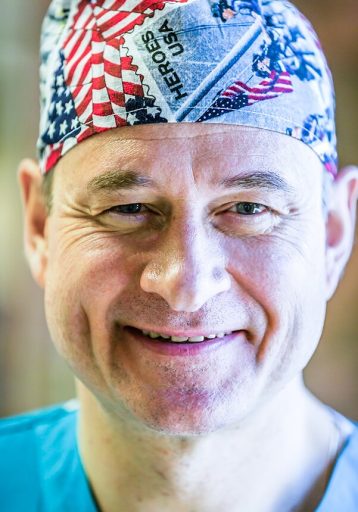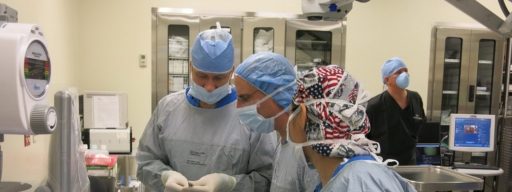When treating congenital cataract, the ophthalmologist must make a balanced decision between performing surgery immediately and postponing it until the baby grows and gets stronger. The clouding of the lens can be complete or partial. It can affect one or two eyes. In cases where cataract is suspected, the child needs urgent examination in a specialized eye clinic.
- White pupil is present.
- Child does not follow a moving object or toy.
If the disease is not treated before a certain age, there is a possibility of irreversible visual impairment. Diagnostic and therapeutic measures carried out during the first months and even weeks of life ensure the child’s vision will develop correctly. Otherwise, a severe amblyopia (so-called «lazy eye» syndrome) is highly likely to develop with subsequent serious consequences for the child’s vision.

You can make an appointment by phone from 8:30 to 19:30 (daily).
In cases of bilateral cataract, the intervention should be delayed for not more than 6–8 weeks of the child’s life. During the first 2 months of life, surgery is required if the clouding of the lens is centrally located and exceeds 3.0 mm in diameter.
Indications for surgery are also determined by a number of other factors, such as:
- Eye co-morbidity.
- General state of the child’s health.
- Contraindications for general anaesthesia.
- Visual acuity (correct assessment is possible only in children from the age of 3-4 years).
Early surgery is most often performed if vision is low or begins to fall sharply, indicating the progression of cataract. Congenital cataracts are of many different types:
- Complete.
- Zonular.
- Semi-absorbed.
- Atypical.
- Central.
- Anterior or posterior capsular.
- General state of the child’s health.
- Presence of ocular pathology, excluding the possibility of improving visual functions in the postoperative period.
Even for experienced surgeons, cataract surgery in children is quite challenging, full of risks and sometimes surprises. The opening of the anterior capsule presents one technical difficulty. Children’s tissues are elastic and stretchable, making this stage of the operation is difficult to control. Surgeons sometimes say that the capsule “runs away” from them during the operation. In some cases, the surgeon addresses this challenge with the help of special surgical techniques or laser capsulotomy technologies.
The most difficult and widely discussed challenge is the question of implanting the artificial lens (or IOL) in children. To date, the artificial lens is universally recognized as suitable and appropriate for implantation in children aged 6 months and more. For younger children, however consensus has remained elusive to date.
Other options include eyeglasses or contact lenses. The final decision made by the physician is based on many factors. It should be noted that, if the artificial lens is not placed immediately, this can be done at some time later after the first operation, when the child grows and his eye becomes anatomically well developed and ready for the artificial lens.



